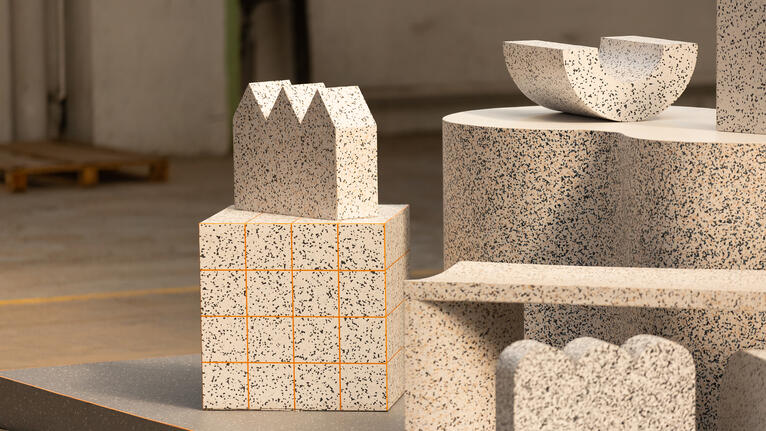Moderated by Roddy Clarke, a design writer, speaker and consultant focusing on the social and environmental impacts on design, Tarkett’s panel discussion explored the circular solutions that contribute towards reaching net zero carbon emissions in design and architecture. Anna Graaf, the Sustainability Director at White Arkitekter, Alejandro Romero, the Principal Consultant in Resources and Embodied Carbon for BREAAM at BRE Group, and Myriam Tryjefaczka, the EMEA Sustainability Director for Tarkett accompanied Roddy Clarke in this discussion; all of whom are experts in their respective fields.
According to a report by the World Green Building Council, buildings are currently responsible for 39% of global energy related carbon emissions, with 28% coming from the energy needed to heat, cool and power them, as well as 11% coming from the materials and construction methods used, also known as ‘embodied carbon.’ Thus, achieving ‘net-zero’ carbon buildings is a monumental task. The panellists discussed some necessary changes within the industry that are required to achieve this goal, or at the least substantially reduce emissions. The panel centred discussion around the following topics:
- The steps to minimising climate impact which includes the need to optimise building design, the significance of reducing the need for new materials in construction, and even considering if it is necessary to build at all.
- Examining the legislation which promotes net-zero carbon goals.
- The three principles of circularity; optimising resources for circular buildings, designing and enabling circular buildings, and circular resource management.
- Ensuring collaboration in defining and standardising the notion of net zero buildings.
In 2021 Tarkett avoided 280,000 tons of CO2 emissions globally by using 147,000 tons of secondary raw materials. The panel discussed the pioneering vision that all materials should be recyclable at the end of their use, as well as highlighting ambitious climate goals. Myriam Tryjefaczka in particular focused on the closed-loop system that Tarkett operates to ensure its carpet tiles have the lowest circular carbon footprint* in Europe – one that is 6 times lower than the total carbon footprint of competitors**. Tarkett is committed to spearheading a transition to net zero carbon buildings and seeks to embolden others in the industry to follow suit.
* For EcoBase-backed carpet tiles with PA6 yarn, according to the Environmental Product Declaration (EPD) S-P-05827 externally verified by Bureau Veritas, based on the total carbon footprint (Modules A-D) with a closed loop circular recycling scenario.
** Comparison of EPD S-P-05827 with the total carbon footprint (Module A-D) of each of the 19 carpet tiles’ EPDs available on internet (May 2022) for competitors with production location in the EU+UK and Norway, in the product weight range 600-699gr, Polyamide yarn and incineration as end-of-life scenario.
Photo credits: Daniel Engvall at Form/Design Center
